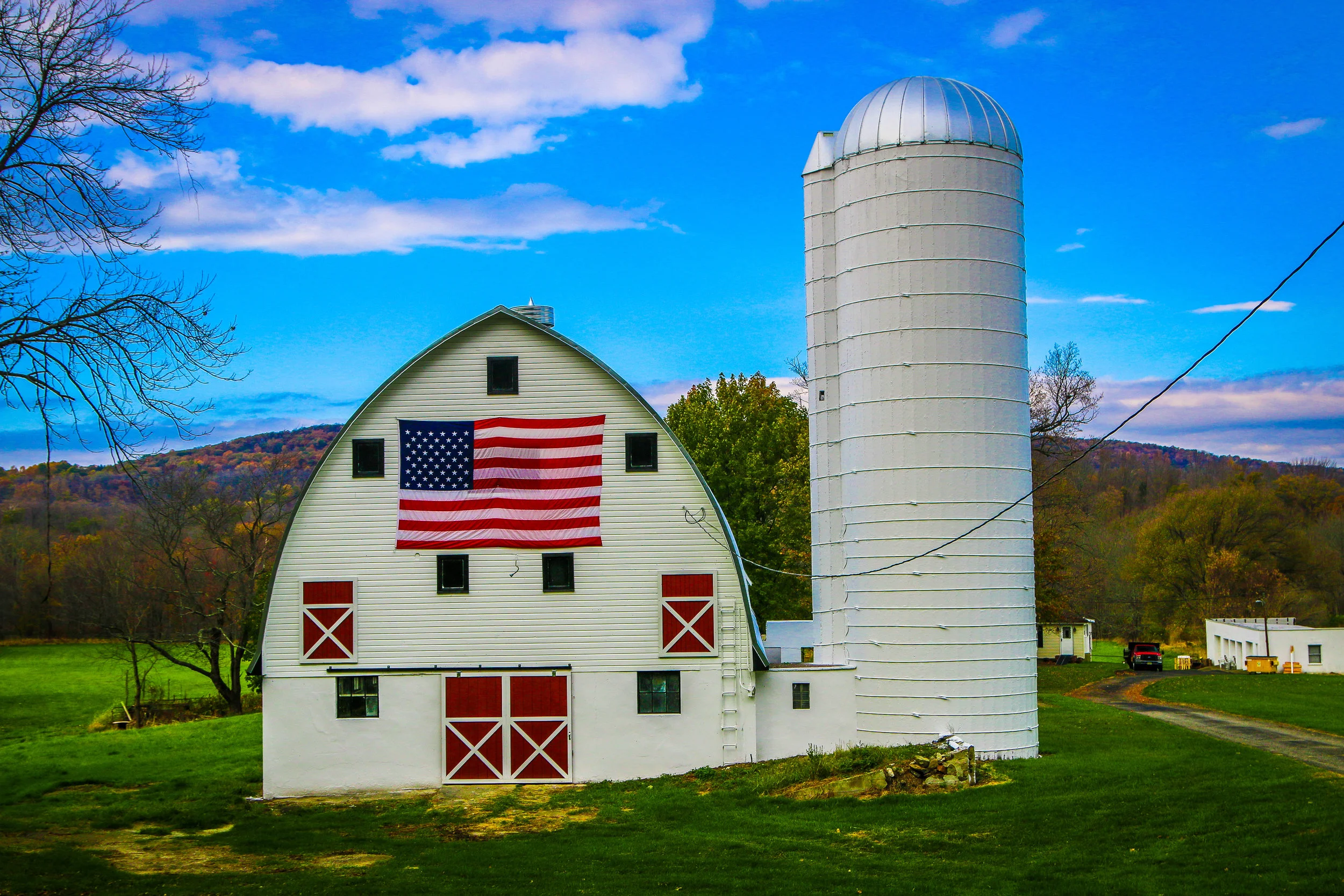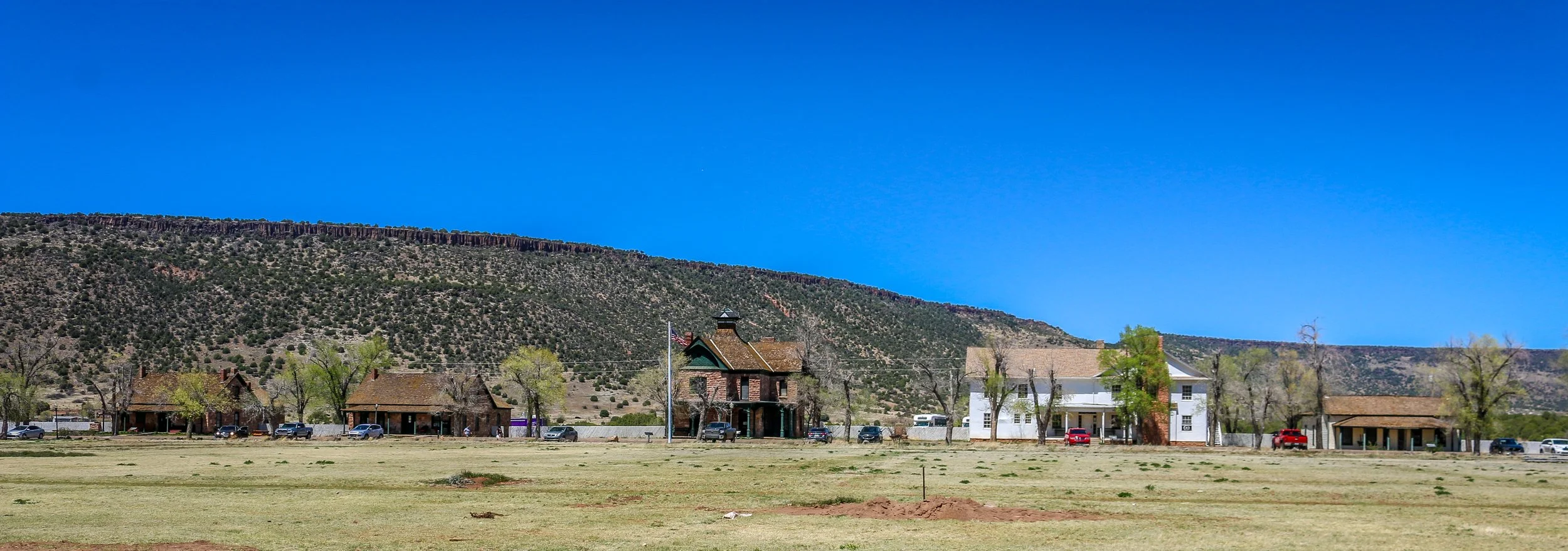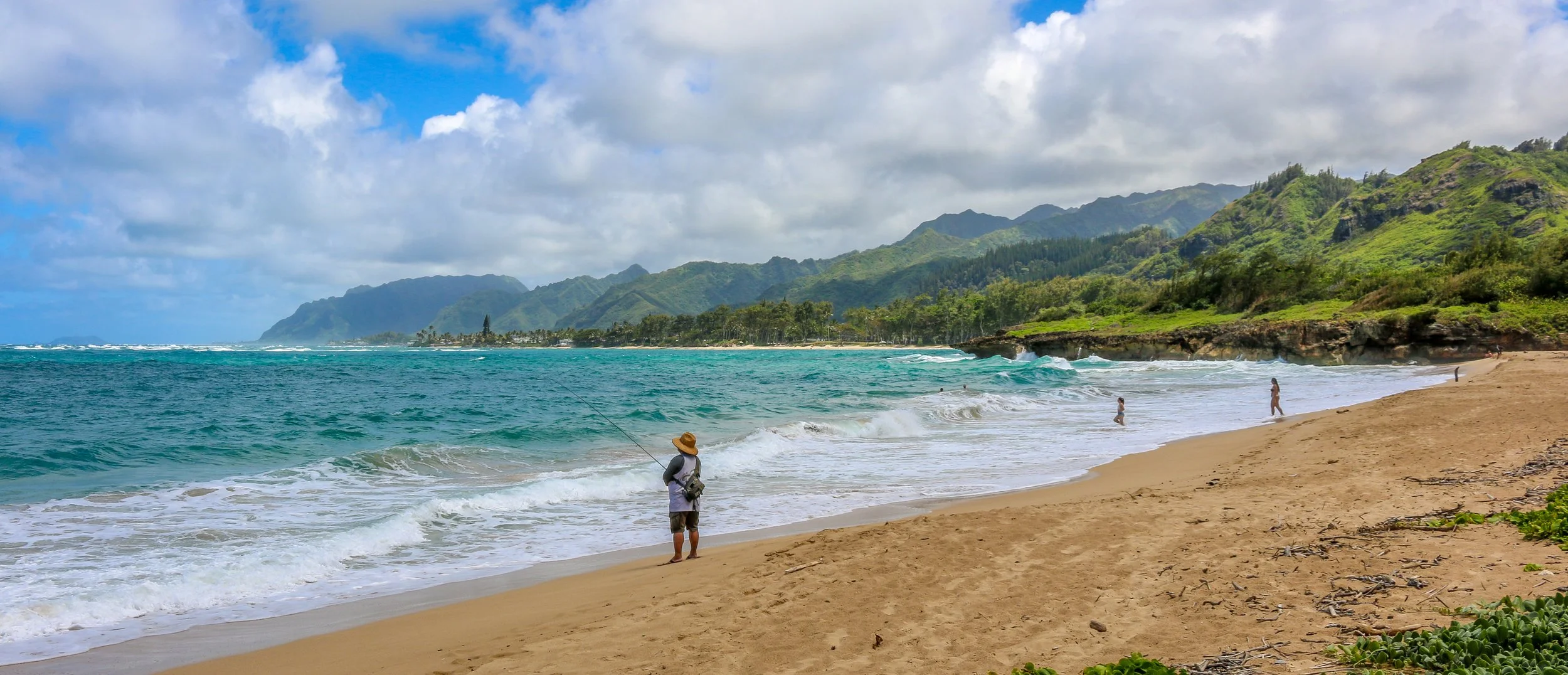Hello Everyone! It is hot, hot, hot here in Southern Arizona – too hot in fact. Yesterday’s temperature hit 100° Fahrenheit in Phoenix and it has been above 90 for most of the week. It’s wonderfully pleasant in the mornings and the late evenings, but the days have just been too hot and my productivity, enjoyment and morale have all suffered as a result. I spent most of the last week in Tucson for various reasons, but don’t feel as though I accomplished much. I was thrilled to finally get out to Organ Pipe Cactus National Monument this week, but when I got there I ended up scouting out some shade to sit in until the sun started going down. I decided yesterday that I will throw in the towel and head north to higher elevations. I’m in my last couple of weeks of freedom before I head back to work for the summer and I want to enjoy them instead of suffering through them. I will stay in Arizona for now, but I will not get to see all of the places I wanted to at these low elevations. I’m sure this part of the country will be quite pleasant in December when I return. That all being said, I did have some nice experiences this week which I am happy to share with you all, but this will be a shorter newsletter than usual.
When I left off last week, I had only just arrived in Tucson and had been out exploring the wonders of Saguaro National Park. When I finished my hikes out there, I stopped off to get a wonderfully refreshing Eegee, an interesting brand of smoothie found only in Tucson. I also got my first of two “Sonoran Dogs” - bacon wrapped hot dogs with a southwestern array of toppings. The one I got on Wednesday was from El Guero Canelo and it was delicious, but I preferred the one I got at BK’s later in the week.
I spent much of Thursday in the library but headed out to the opening day of the Pima County Fair in the late afternoon. It was a cute midsized fair with plenty of rides and games and places to eat. I enjoyed the sea lion show and the pig races and, of course, taking photos of the wildly colorful carnival. The food was terribly overpriced even by fair standards in my opinion, so I settled for a funnel cake which was sadly quite small and not very fresh for my $11. It was definitely fun to be there, though, and I have really missed these types of events. I had a couple of beers and saw some live music, but called it a night pretty early.
On Friday I headed down into Old Town Tucson to see what it had to offer. I started my visit at the old Presidio, which is a re-creation of the fort that once stood high above the river to protect the area. I was thrilled to get a guided tour of the Presidio by Raul, a lifelong Tucson resident, now retired, who was both pleasant and knowledgeable. I found it fascinating that the man in charge of building many of the old Spanish forts, which stretched from the Gulf of Mexico to Tucson along New Spain’s northern frontier, was an Irishman named Hugo O’Connor who had fled religious persecution and joined his fellow Catholics in Spain. I also enjoyed reading about Jose de Urrea, one of Tucson’s most famous native sons. He joined the Spanish army in 1807, but later joined the Mexican call for independence. He went on to fight for Mexico against the Texans in their war for independence, and I first heard his name at Goliad in Texas, which I visited right before the pandemic sent me home. He later served as governor of the Mexican state of Sonora, but later returned to the military to fight against future U.S. president Zachary Taylor in the Mexican-American War. His was definitely an interesting story, one of many I found in the small but informative Presidio.
From there, I went just up the street to the old courthouse, a beautiful building which now houses the main visitor center for the city. Upstairs there is a small museum which looks at some of the crime and justice aspects of Tucson history. I was intrigued by the Arizona Supreme Court case of Ann Jordan and Henry Oyama which challenged the state’s interracial marriage policy. After so much time in the Deep South, it’s easy to forget that these laws were not simply Black and White. Oyama was an American-born World War II veteran with a master’s degree from the University of Arizona, but his Japanese ancestry prohibited him from marrying Ms. Jordan, who was White. The courthouse was also the site of the trial of Public Enemy Number One, John Dillinger, one of America’s most infamous bank robbers…













